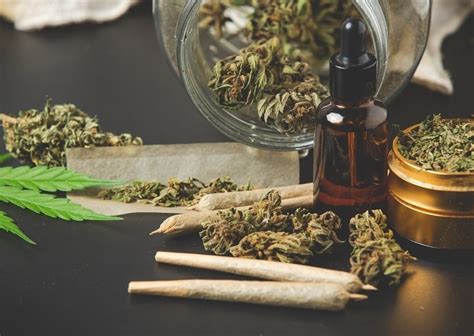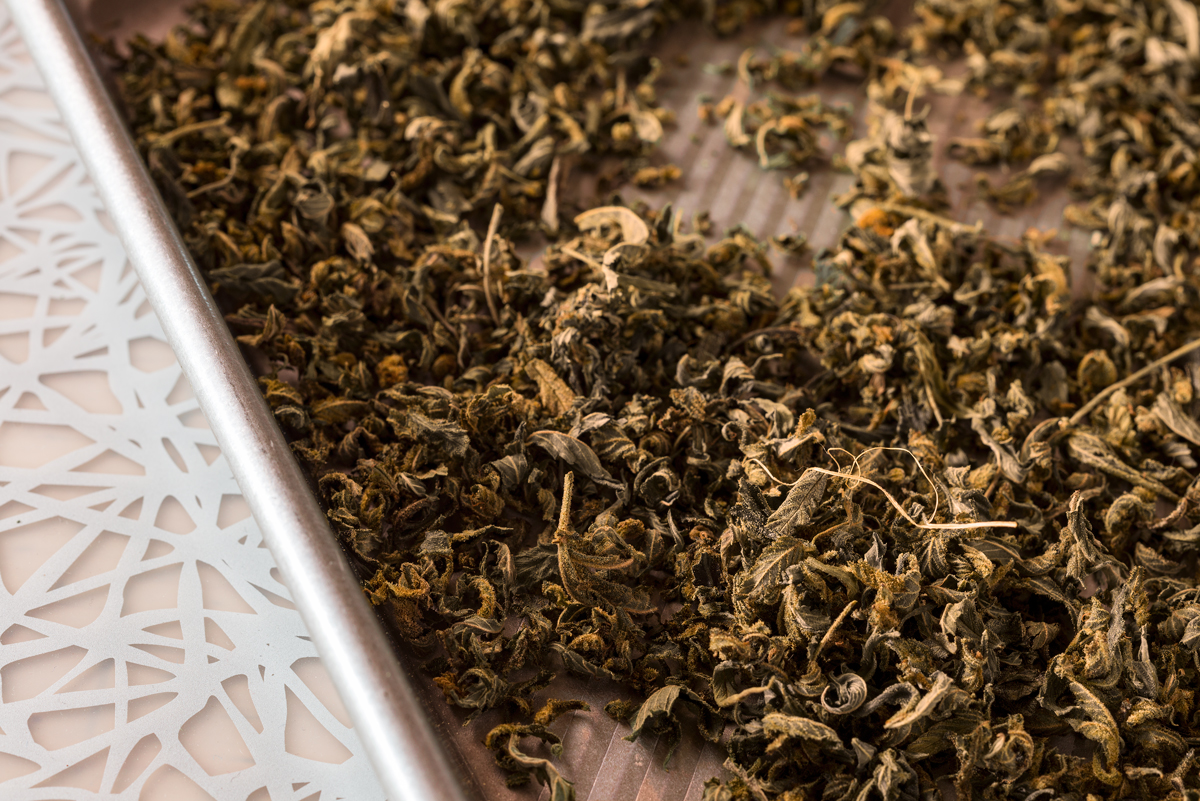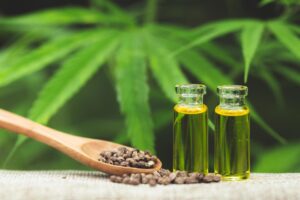Cannabis consumption has evolved significantly over the years, with an increasing focus on maximizing its potency and benefits. One crucial process in unlocking the full potential of cannabis is decarboxylation. Whether you’re a medical user seeking therapeutic effects or a recreational user looking for a stronger experience, understanding the activating cannabis guide is essential. This article will break down cannabis decarboxylation into simple steps, ensuring you get the most out of your plant material.
Understanding Decarboxylation
Decarboxylation is the process of heating cannabis to activate its psychoactive and therapeutic compounds. Raw cannabis contains cannabinoids in their acidic forms, such as tetrahydrocannabinolic acid (THCA) and cannabidiolic acid (CBDA). These compounds are not psychoactive until they undergo cannabis decarboxylation, where heat removes a carboxyl group (-COOH), converting THCA into THC and CBDA into CBD.
If cannabis is consumed raw, it will not produce the euphoric or medicinal effects associated with THC or CBD. This is why activating cannabis steps through heat is crucial for users who want the full benefits of their cannabis products.
Why Decarboxylation is Important
For cannabis to deliver its desired effects, whether for smoking, vaping, or edibles, it must first be activated. Without proper cannabis decarboxylation, raw cannabis will have little to no impact in edibles, tinctures, or oils.
A study published in the Journal of Molecular Structure (2020) found that THCA begins to decarboxylate at approximately 220°F (104°C), with the optimal conversion occurring between 230-250°F (110-121°C). This temperature range ensures maximum THC conversion without degrading the cannabinoids.
Additionally, decarboxylation is necessary for CBD activation. Research suggests that CBDA converts to CBD at similar temperatures but requires slightly longer exposure to heat.
How to Decarboxylate Cannabis: A Step-by-Step Guide
To effectively activate cannabis, follow this simple activating cannabis guide with precision to ensure maximum potency and minimal degradation.
- Choose Quality Cannabis Start with high-quality cannabis. The fresher the flower, the better the decarboxylation process. Older cannabis may already have undergone partial decarboxylation due to natural degradation.
- Grind the Cannabis Break the cannabis into small, even pieces using a grinder or scissors. Do not grind it too finely, as excessive grinding can cause loss of valuable terpenes and cannabinoids.
- Preheat the Oven Set your oven to 230-250°F (110-121°C). This is the optimal range for THCA to convert into THC without degrading the terpenes, which are responsible for flavor and aroma.
- Spread Cannabis on a Baking Sheet Line a baking sheet with parchment paper and evenly distribute the ground cannabis. Ensure the pieces are not piled on top of each other to allow uniform heating.
- Bake for the Right Time
- For THC activation: Bake for 30-45 minutes at 230°F (110°C).
- For CBD activation: Bake for 40-50 minutes at 250°F (121°C).
- Monitor carefully to avoid overheating, which can degrade cannabinoids and terpenes.
- Cool and Store Properly After baking, let the cannabis cool completely before use. Store it in an airtight container away from light and moisture to maintain potency.

Alternative Decarboxylation Methods
While oven decarboxylation is the most accessible method, there are alternative ways to activate cannabis.
- Sous Vide Method: This involves placing cannabis in a vacuum-sealed bag and submerging it in hot water (203°F/95°C) for 90 minutes, ensuring even heating without burning.
- Microwave Method: Though not recommended due to uneven heating, short bursts at low power can work in an emergency.
- Decarboxylation Machines: Specialized devices like the Ardent Nova or Magical Butter Machine automate the process with precision.
Common Mistakes in Cannabis Decarboxylation
- Overheating or Burning: Exposing cannabis to temperatures above 300°F (149°C) can degrade cannabinoids and terpenes.
- Undercooking: If cannabis is not heated sufficiently, decarboxylation will not fully occur, reducing potency.
- Not Grinding Properly: Over-grinding can lead to excessive moisture loss and cannabinoid degradation.
- Using Wet Cannabis: Ensure cannabis is properly dried before decarboxylation to prevent uneven activation.
How Decarboxylated Cannabis is Used
Once activated, cannabis can be used in various applications:
- Edibles: Decarboxylated cannabis can be infused into butter, oils, or baked goods for potent homemade edibles.
- Tinctures: Soaking decarbed cannabis in high-proof alcohol creates a concentrated cannabis tincture.
- Capsules: Ground, decarbed cannabis can be encapsulated for precise dosing.
- Topicals: Infused into lotions or balms for localized pain relief without psychoactive effects.
Scientific Findings on Decarboxylation Efficiency
Research published in the Journal of Cannabis Research (2021) analyzed the efficiency of different decarboxylation temperatures and times. The study found that heating cannabis at 230°F (110°C) for 40 minutes retained the highest levels of THC. Another study in the American Journal of Medicine reported that improper decarboxylation can result in up to 30% loss of cannabinoids, emphasizing the importance of controlled heat application.
Final Thoughts on Decarboxylation
Mastering activating cannabis steps is essential for maximizing the therapeutic and recreational effects of cannabis. Whether you’re preparing edibles, tinctures, or capsules, proper cannabis decarboxylation ensures that you get the most out of your product. By following this guide and avoiding common mistakes, you can efficiently activate your cannabis and enjoy its full potential.
Looking for premium wholesale decarboxylated cannabis products? NanoHempTechLabs specializes in high-quality, precision-activated cannabis perfect for edibles, tinctures, topicals, and more. Our expertly decarboxylated solutions ensure maximum potency, purity, and consistency for your business needs. With cutting-edge technology and strict quality control, we help you stay ahead in the fast-growing cannabis market.
Partner with NanoHempTechLabs today! Schedule a call with our team to explore wholesale opportunities and bring top-tier activated cannabis to your customers.
Reference:
- Boffa, L., Binello, A., & Cravotto, G. (2024). Efficient capture of cannabis terpenes in olive oil during microwave-assisted cannabinoid decarboxylation. Molecules, 29(4), 899. https://doi.org/10.3390/molecules29040899
- Bolognini, D., Rock, E., Cluny, N., Cascio, M., Limebeer, C., Duncan, M., … & Pertwee, R. (2013). Cannabidiolic acid prevents vomiting in suncus murinus and nausea‐induced behaviour in rats by enhancing 5‐ht1a receptor activation. British Journal of Pharmacology, 168(6), 1456-1470. https://doi.org/10.1111/bph.12043
- Casiraghi, A., Roda, G., Casagni, E., Cristina, C., Musazzi, U., Franzè, S., … & Gambaro, V. (2017). Extraction method and analysis of cannabinoids in cannabis olive oil preparations. Planta Medica, 84(04), 242-249. https://doi.org/10.1055/s-0043-123074





